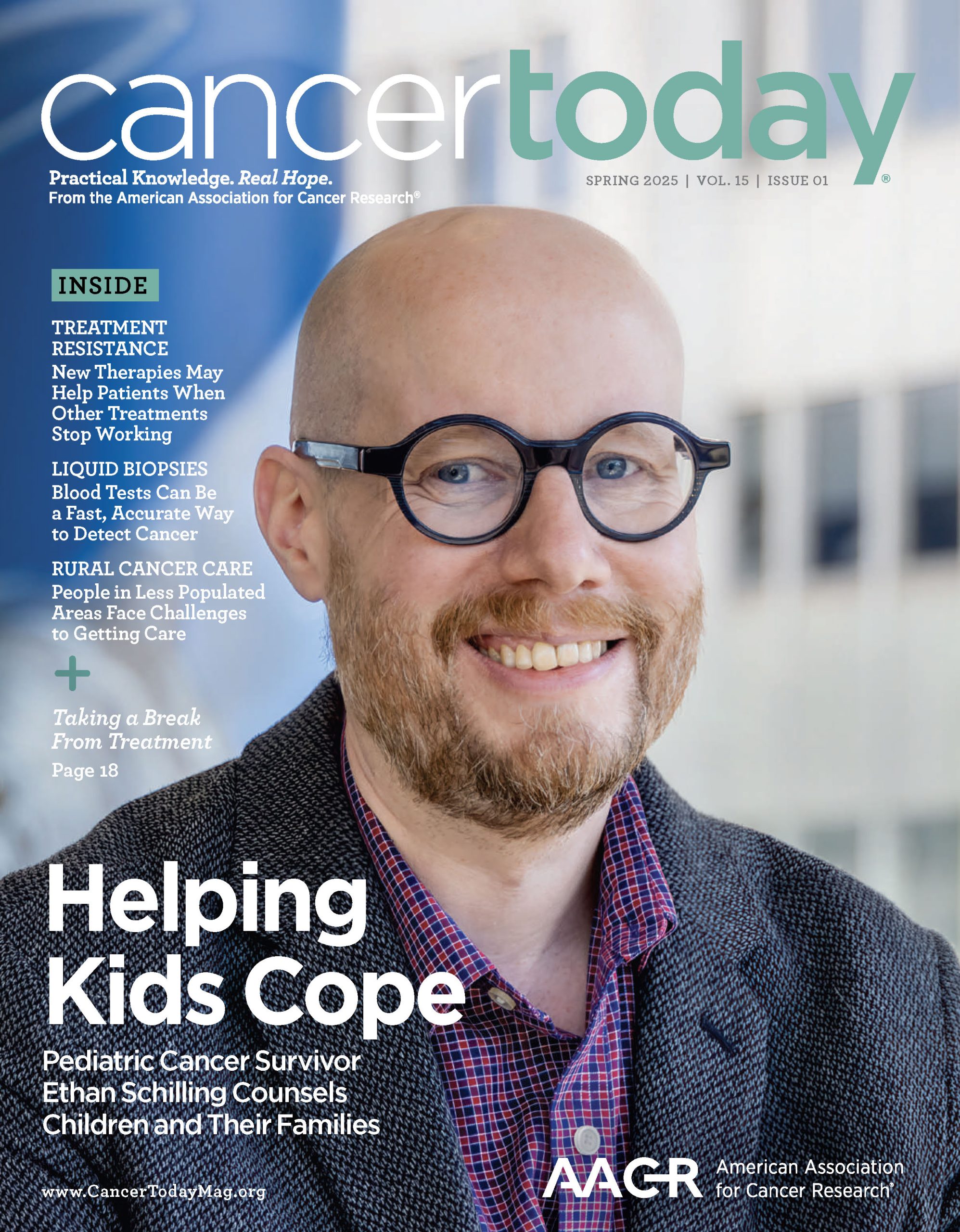FOR YEARS, studies have shown the significant positive impact of patient navigation services on cancer care and outcomes. In January 2024, new billing codes from the Centers for Medicare & Medicaid Services (CMS) went into effect, allowing Medicare to reimburse providers for these navigation services, a move set to significantly enhance the reach and effectiveness of such programs.
Patient navigators assist patients in clearing the hurdles they face in the health system so they can get the care they need. Navigators address barriers to care like lack of transportation and provide administrative support with appointments, finances and insurance. Community members served as the original patient navigators in the 1990s, but now professionals like nurses and social workers help too.
According to a 2019 report released by the American Cancer Society’s (ACS) National Navigation Roundtable, research shows navigation services can boost patient engagement, reduce disparities in accessing care and improve health care coordination. However, ACS reported in 2022 that only 55% of cancer patients currently have access to navigators, underscoring the need for wider availability.
The CMS rule covers various aspects of patient navigation, including caregiver training, telehealth services and assessing social needs that could affect a person’s health. Navigators need to be credentialed through a state certification program, if available, or meet certain CMS training criteria. They also need to work under the supervision of a health care provider.
Many cancer centers, like Fred Hutchinson Cancer Center in Seattle and Dana-Farber Cancer Institute in Boston, have both lay and clinical navigators. Lay navigators help patients manage daily life issues such as transportation and telecommunication barriers, as well as work, family, insurance and financial difficulties. While they do not offer medical advice, lay navigators play a vital role in fostering trust between health care systems and communities, according to Darcy Burbage, an oncology clinical nurse specialist and cancer care consultant. Meanwhile, oncology nurse navigators offer patients clinical expertise in cancer care, providing evidence-based education on treatment expectations and side effect management. “Both oncology nurse navigators and lay navigators work to reduce barriers to care,” Burbage says.
Though the new CMS rule helps ensure access to services from lay navigators, how it affects services from clinical providers, such as oncology nurse navigators, is not entirely clear. Burbage points out that health systems that can afford oncology nurse navigators are often not in areas with the most significant health disparities. Expanding the rule to include clinical navigation services would allow more health systems to hire and train specialized clinical navigators.
According to Ludmila Svoboda, nurse director of the Cancer Care Equity Program at Dana-Farber Cancer Institute, patients value having someone available to help them navigate their health care journey, regardless of their specific title or role. “Navigators build incredible relationships with patients and help with so many things that are important to a patient’s psychological and physical well-being,” she says. “Medicine, financial office, interpreter services, resource specialists, social work—the navigator makes sure all these pieces connect with the patient in the middle.”
The new CMS rule has generated excitement among patient navigators, but determining the rule’s applicability to various navigator roles poses a challenge. And these are compounded by the intricacies of incorporating new codes into the billing process. Anne Devine, the patient navigator supervisor at Fred Hutchinson Cancer Center, says, “[This new rule offers] great support for patient navigation … but a lot of implementation aspects need to be dealt with. Generally, people are looking at how to operationalize this across the country.”
Patient navigation teams also face several challenges, including an ongoing search for funding sources, unpredictable workloads and an emotional toll that can lead to compassion fatigue among navigators.
“Cancer is scary even when all the other pieces fall into place,” Svoboda says. “On a patient navigation level, we hope this [new rule] will increase access to navigation for all patients, and that more and more facilities, particularly [community cancer centers], will be able to use the new codes for reimbursement and have more navigation services. … It’s exciting because it is shining a spotlight on this essential service.”
Cancer Today magazine is free to cancer patients, survivors and caregivers who live in the U.S. Subscribe here to receive four issues per year.





